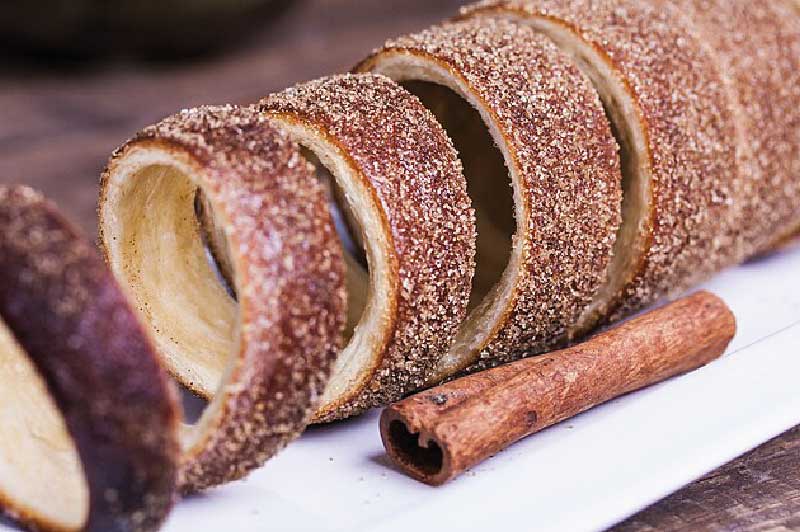
Nestled within the scenic Carpathian Mountains of Romania lies a community with deep historical roots, rich cultural traditions, and a resilient sense of identity: the Hungarians of Transylvania. For centuries, Hungarians have lived in this unique region, adding to its vibrant tapestry of cultures. With influences from the Hungarian, Saxon, and Romanian peoples, Transylvania stands as one of the most multicultural parts of Eastern Europe. This article invites travelers and cultural explorers alike to discover the Hungarian communities in Transylvania, uncovering their unique heritage, where to experience it firsthand, and what to expect when visiting.
A Brief History of the Hungarian Community in Transylvania
The history of Hungarians in Transylvania stretches back over a thousand years. As early as the 9th century, Hungarians began settling in the Carpathian Basin, which includes much of present-day Hungary and Romania. By the 11th century, Transylvania became an integral part of the Kingdom of Hungary, establishing Hungarian influence throughout the region. However, Transylvania’s multicultural essence, with Romanians, Saxons, Székelys, and other ethnic groups, has always defined its social fabric.
Transylvania became part of the Habsburg Empire in the early 18th century and, after the Austro-Hungarian Compromise of 1867, became even more integrated into Hungary. The pivotal moment came after World War I when the Treaty of Trianon in 1920 officially ceded Transylvania to Romania, changing the lives of the ethnic Hungarians who remained there. Today, this Hungarian community, with its distinct customs and traditions, continues to play an important role in the region’s identity.

picture credits Whitepixels — https://commons.wikimedia.org/w/index.php?curid=93484390
Hungarian Regions in Transylvania to Explore
Transylvania’s Hungarian communities are concentrated in specific regions that still preserve Hungarian language, traditions, and identity. Here’s an introduction to the key areas where you can explore Hungarian culture in Romania.
1. Székely Land (Ținutul Secuiesc)
Székely Land, or Ținutul Secuiesc in Romanian, is one of the best-preserved and culturally vibrant areas for experiencing Hungarian culture in Romania. Situated in eastern Transylvania, this region is primarily home to the Székelys, a subgroup of Hungarians with unique dialects, traditions, and even myths.
•Key Cities: The main cities in Székely Land include Târgu Mureș (Marosvásárhely), Miercurea Ciuc (Csíkszereda), Odorheiu Secuiesc (Székelyudvarhely), and Sfântu Gheorghe (Sepsiszentgyörgy).
•Culture and Traditions: Székelys have distinct customs and are known for their wooden architecture, ancient symbols, and folk art. The “Székely gates,” beautifully carved wooden gates that mark the entrance to homes, are iconic and often adorned with traditional motifs and the Székely flag.
•Festivals and Events: Székely Land hosts many annual celebrations. The Székely Freedom Day in March, held at the medieval fortress of Târgu Mureș, is a powerful cultural and political gathering celebrating Székely heritage and advocating for their autonomy.
2. Partium and Hungarian Communities in Western Transylvania
In the western part of Transylvania, the region known as Partium is also home to a large number of ethnic Hungarians. This region includes cities like Oradea (Nagyvárad) and Satu Mare (Szatmárnémeti), both with strong Hungarian influences.
•Historical Significance: Oradea was once a significant cultural hub during the Austro-Hungarian Empire, and its architecture reflects this legacy with beautiful Art Nouveau and Baroque styles that speak to a Hungarian-influenced past.
•Notable Sites: Key landmarks in Oradea include the Black Eagle Palace, a stunning example of Art Nouveau architecture, and the Baroque-style Oradea Fortress.
•Festivals and Cuisine: Oradea celebrates many Hungarian cultural events, especially during holidays like St. Stephen’s Day in August. Visitors can also indulge in Hungarian cuisine here, with plenty of restaurants serving traditional dishes like gulyás (goulash), lángos (fried dough), and kürtőskalács (chimney cake).
3. Cluj-Napoca (Kolozsvár) and Surrounding Areas
Cluj-Napoca, known as Kolozsvár in Hungarian, is one of Romania’s largest cities and a melting pot of cultures. It holds a significant Hungarian population, as well as institutions and cultural spaces dedicated to Hungarian heritage.
•Key Attractions: The historic city center of Cluj-Napoca is a blend of Hungarian and Romanian influences. Visitors will find St. Michael’s Church, an iconic Gothic structure associated with Hungarian history, and the Matthias Corvinus House, the birthplace of Hungary’s King Matthias Corvinus.
•Cultural Life: Cluj-Napoca’s Hungarian community has a lively arts and literary scene, with theaters, festivals, and the Babeș-Bolyai University offering Hungarian-language programs. The Hungarian Theater of Cluj is one of the oldest Hungarian-language theaters in the region and hosts regular performances.
•Events and Festivals: Cluj hosts a Hungarian cultural festival, Kolozsvári Magyar Napok, every August. It’s a week-long celebration of Hungarian arts, music, crafts, and traditional costumes that draws both locals and international tourists.

Picture credits T.seppelt — https://commons.wikimedia.org/w/index.php?curid=121849775
Hungarian Culture, Traditions, and What to Experience
The Hungarian communities in Transylvania offer a chance to experience a unique cultural blend. Here’s a look at what defines the Hungarian way of life here and the experiences awaiting curious travelers.
Language and Education
Hungarian is widely spoken in Hungarian-majority areas, and travelers will find bilingual signage in cities like Târgu Mureș, Oradea, and parts of Cluj-Napoca. Educational institutions play a vital role in preserving the language, with many schools offering classes in Hungarian and institutions like Babeș-Bolyai University in Cluj providing Hungarian-language programs. Travelers interested in language learning can take advantage of Hungarian classes offered in these regions.
Architecture and Landmarks
Hungarian influence is unmistakable in Transylvanian architecture. Cities like Oradea, Cluj-Napoca, and Târgu Mureș feature Gothic, Baroque, and Art Nouveau architecture with unique Hungarian stylistic elements. The wooden “Székely gates” and Székely churches, often adorned with intricate wood carvings and painted interiors, are particularly memorable.
In addition to the Matthias Corvinus House and St. Michael’s Church in Cluj, other notable Hungarian heritage sites include the Secessionist-style Black Eagle Palace in Oradea and the Citadel of Târgu Mureș.
Festivals and Celebrations
Hungarians in Transylvania observe several annual celebrations, many of which are tied to Hungary’s national holidays and historical events. Some key events include:
•March 15: Hungarian National Day, celebrated with parades, concerts, and cultural programs, particularly in cities with significant Hungarian populations.
•St. Stephen’s Day (August 20): Marking the feast day of Hungary’s first king, St. Stephen’s Day is celebrated with traditional music, dance, and often fireworks.
•Kürtőskalács Festivals: Kürtőskalács, or chimney cakes, are a Hungarian pastry that holds a special place in Transylvanian Hungarian culture. Festivals dedicated to this treat showcase various flavors and creative adaptations.
These events allow visitors to engage with local customs, experience traditional Hungarian music, and enjoy the regional cuisine.
Religion and Spiritual Life
Religion is central to the identity of many Transylvanian Hungarians. Most are Roman Catholic, Calvinist, or Unitarian, with each denomination having its own historical influence in the region.
•Catholic and Calvinist Churches: Many Hungarian communities in Székely Land are predominantly Catholic, while Calvinism has a stronghold in Partium. Churches in towns like Miercurea Ciuc and Odorheiu Secuiesc feature Hungarian architecture and often host community events.
•Unitarianism: The Unitarian faith, which is relatively rare globally, has deep roots in Transylvania, and the Unitarian Church of Dârjiu is a UNESCO World Heritage Site. This ancient fortified church is an architectural marvel and worth a visit for its religious and cultural significance.
Cuisine and Local Delicacies
Hungarian cuisine is an essential part of the cultural experience in Transylvania, and each region offers its own specialties. Hungarian dishes here are rich, hearty, and often spiced with paprika.
•Must-Try Dishes: Traditional meals include gulyás (goulash soup), paprikás (paprika stew), and töltött káposzta (stuffed cabbage). Desserts such as dobos torte and kürtőskalács are widely enjoyed.
•Where to Eat: Many restaurants in cities like Târgu Mureș, Cluj, and Oradea serve Hungarian cuisine. Local taverns and bakeries in Székely Land often specialize in authentic Hungarian dishes, giving visitors a taste of regional specialties.
Food festivals, often held during summer, offer a prime opportunity to sample traditional dishes while enjoying live Hungarian music and dance performances.
About the famous Kürtoskalacs
Kürtőskalács, or “chimney cake,” is a delicious traditional Hungarian pastry with deep roots in Transylvania, especially within the Hungarian communities. Known for its spiral shape and crispy, caramelized sugar coating, kürtőskalács is a beloved treat often enjoyed at festivals, markets, and bakeries. The name “kürtőskalács” comes from the Hungarian word “kürtő,” meaning “chimney,” a reference to its cylindrical shape that resembles a chimney pipe.
How It’s Made
Making kürtőskalács is a fascinating process that requires skill and patience. Here’s a step-by-step outline of how it’s traditionally prepared:
1. Dough Preparation: A sweet yeast dough is prepared using flour, sugar, butter, milk, eggs, and sometimes a bit of lemon zest or vanilla for extra flavor. The dough is kneaded until smooth and allowed to rise until it doubles in size.
2. Shaping: Once the dough has risen, it is rolled out into a long strip and then carefully wrapped around a cylindrical baking spit or wooden mold, creating a spiral.
3. Sugar Coating: The dough-wrapped spit is rolled in granulated sugar. As the dough bakes, the sugar caramelizes, forming a crunchy, golden-brown crust on the outside.
4. Baking: Traditionally, kürtőskalács is baked over an open charcoal grill or rotisserie, which allows it to cook evenly while giving it a slight smoky flavor. The pastry rotates over the heat, which helps it bake to a perfect texture: crispy on the outside, soft and fluffy on the inside.
5. Finishing Touches: After baking, the kürtőskalács can be coated with additional toppings like cinnamon, cocoa powder, crushed walnuts, or even coconut. These toppings stick to the caramelized sugar, adding flavor and texture.
Flavor and Texture
Kürtőskalács has a unique texture—crisp and caramelized on the outside, while soft, airy, and slightly chewy on the inside. The caramelized sugar adds a rich sweetness, which is often enhanced by spices like cinnamon or cocoa powder. It’s warm, fragrant, and perfect for eating fresh off the spit!
Variations and Popularity
Kürtőskalács has grown popular not only in Hungary and Romania but also in many parts of Europe and beyond. While the traditional version remains the most beloved, modern variations include fillings or dips in chocolate, cream, or even ice cream, transforming kürtőskalács into a more decadent dessert.
Where to Try Kürtőskalács in Transylvania
Kürtőskalács is widely available in Transylvania, especially in Hungarian-majority areas and at local festivals. You’ll find it at street fairs, Christmas markets, and bakeries in cities like Târgu Mureș, Cluj-Napoca, and throughout Székely Land. Many stalls bake it fresh on-site, giving visitors a chance to watch the fascinating preparation process.
Historical and Cultural Significance
Kürtőskalács holds a special place in Hungarian and Transylvanian culture as one of the oldest Hungarian pastries, with origins tracing back to the 18th century. Originally reserved for special occasions and celebrations, it has evolved into a popular street food and a symbol of Hungarian culinary tradition, especially in the Székely Land of Transylvania, where it’s seen as part of the region’s heritage.
For travelers to Transylvania, kürtőskalács is a must-try treat that captures the warmth, sweetness, and festive spirit of Hungarian culture in every bite!

Picture credits wikipedia
Modern Life and Community Challenges
Today, Hungarians in Transylvania are active participants in Romanian society but face distinct challenges in preserving their identity. The Democratic Alliance of Hungarians in Romania (RMDSZ) is a political party that represents their interests, advocating for language rights, cultural preservation, and regional autonomy.
Despite some political tensions, Romania generally supports minority rights, allowing Hungarian-language media, education, and cultural expressions. Bilingual signage is common in Hungarian-majority areas, and Hungarian-language newspapers and radio stations keep the community connected to their roots. Hungarian youth, many of whom study at Hungarian-language schools and universities, are also actively engaged in cultural preservation.
Practical Travel Tips for Exploring Transylvania’s Hungarian Communities
1. Language: While many locals speak Romanian, Hungarian is widely spoken in Hungarian-majority areas, particularly in Székely Land and Oradea. Knowing a few Hungarian phrases can go a long way in connecting with the local culture.
2. Currency: Romania uses the Romanian Leu (RON), and Hungarian forint is not accepted. ATMs and exchange services are widely available.
3. Getting Around: Public transportation connects most major cities, but renting a car is recommended for exploring smaller towns and Székely villages.
Conclusion
The Hungarian communities of Transylvania offer an exceptional travel experience that brings together history, culture, and natural beauty. From the Székely Land’s deep-rooted traditions to the bustling cultural life in Cluj-Napoca and Oradea, Transylvania’s Hungarian heritage is a must-experience for any culturally curious traveler. Visiting these communities isn’t just about seeing historical sites—it’s about engaging with a living culture that has thrived for centuries, resilient and proud, nestled in the heart of Romania.
Discover hiking in Romania and come with us in the Bucegi Mountains ! Click here.


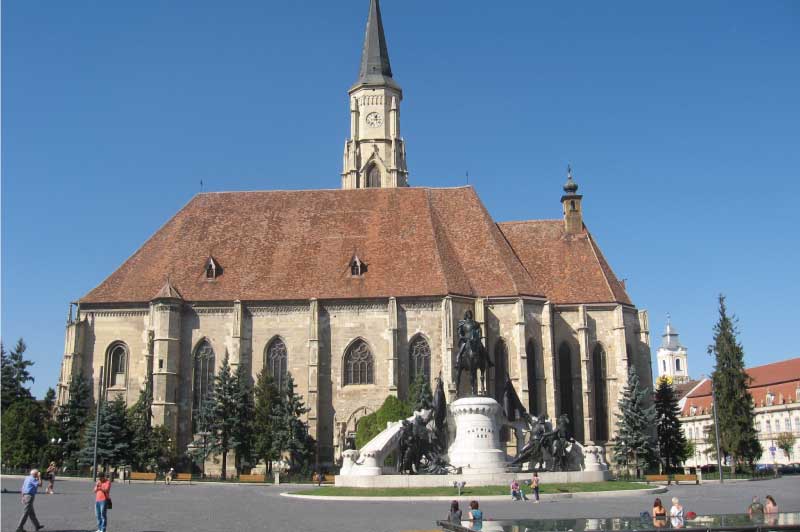
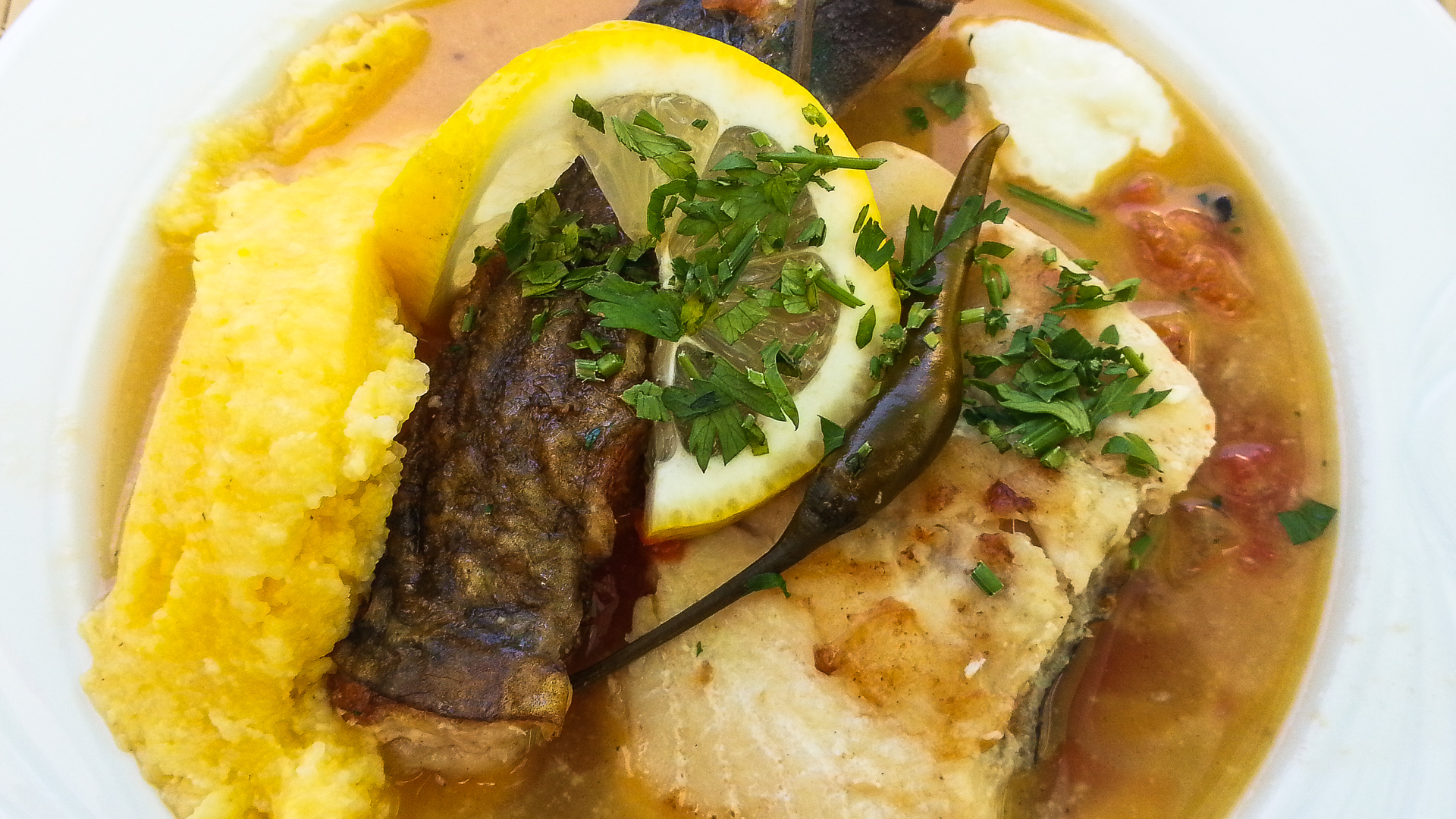
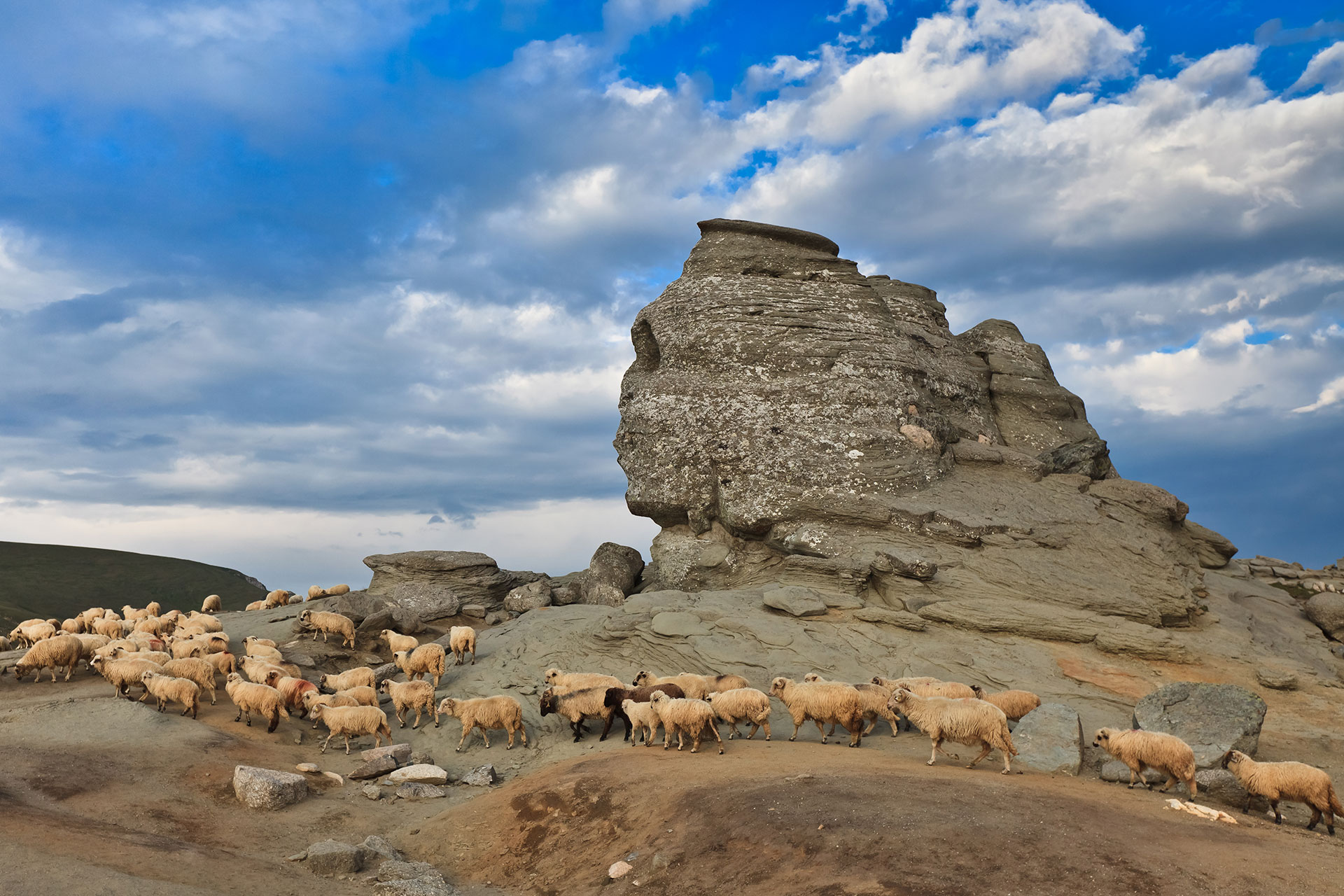
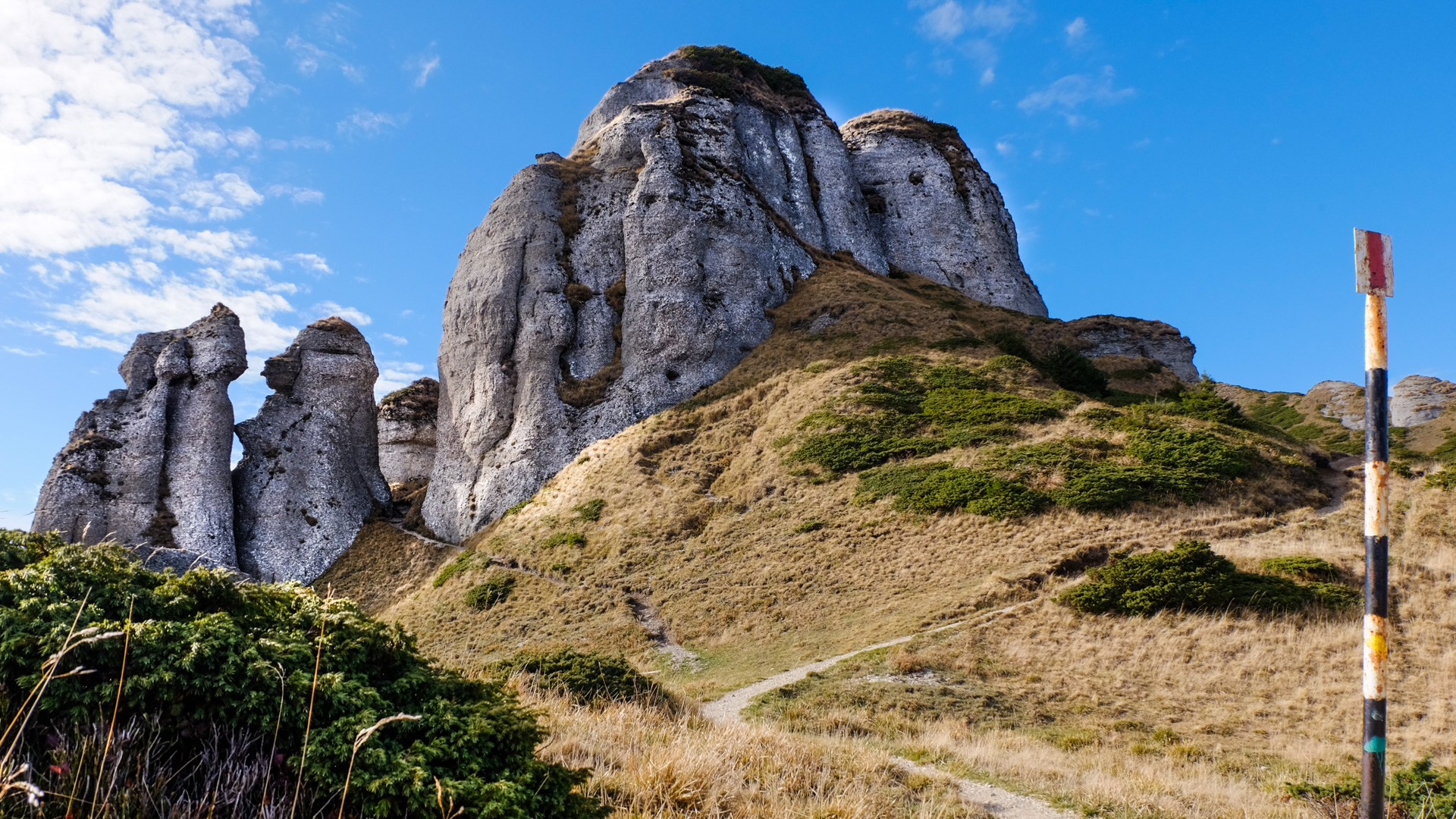

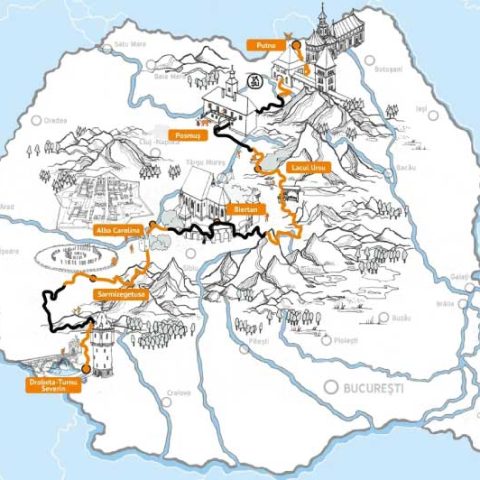
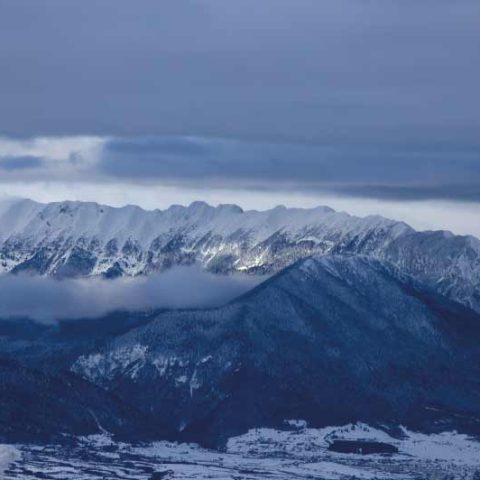











Leave a Reply